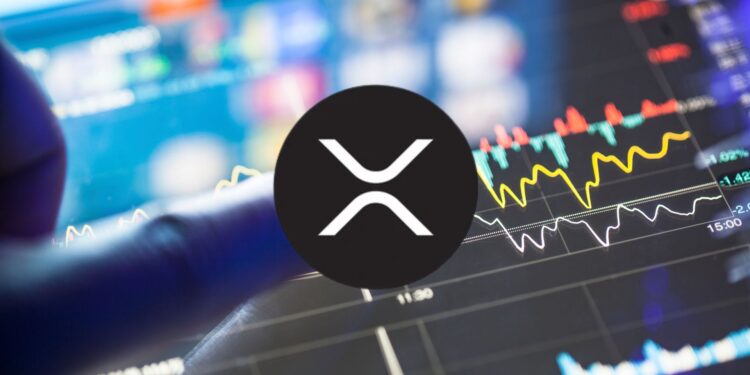- Regulatory clarity improves as the SEC drops its long-running lawsuit against Ripple, reducing legal uncertainty for XRP.
- Potential ETF approvals and recent tech upgrades (like AMM tools and compliance features) could boost institutional adoption and demand.
- Geopolitical risks, like a potential trade war, remain a wildcard and could bring volatility—making short-term caution a smart move for some investors.
XRP has been quietly putting together a solid year. It’s up about 9% since January 1. Not exactly explosive—but steady. Respectable. And if you’re already holding some? You’re probably feeling alright about it.
But here’s the thing: there might be a few solid reasons to consider buying more in the near future. There’s also one big reason to maybe pump the brakes for now.
Let’s break this all down—no fluff, just what you need to know before making your next move.
1. That Legal Cloud Hanging Over XRP? It’s Finally Clearing Up
Big news first—back on March 19, the SEC dropped its long-running lawsuit against Ripple, the company behind XRP. That case had been dragging on for more than four years, creating tons of uncertainty. The core issue? The SEC said Ripple’s XRP sales were an unregistered securities offering.
Now that the case is off the books, XRP has a whole lot less regulatory baggage. That’s a big deal.
Sure, most of the price pump from that win already got baked in pretty fast—so don’t expect XRP to moon tomorrow just because of this. But if you were on the sidelines before, waiting for some clarity? Well, now there’s a whole lot more of it.
2. ETF Approvals Might Be the Next Big Catalyst
With the legal stuff mostly behind it, XRP is now in the running for something even bigger: ETFs.
There are currently nine XRP-focused ETFs waiting for approval from the SEC. If one gets the green light? The rest could follow—and that would be huge.
Here’s why: asset managers that offer ETFs need to buy up XRP in bulk to actually back the products they’re selling. That kind of institutional demand? Yeah, it tends to push prices up.
Even better? ETFs help tie XRP into the traditional finance world. More liquidity. More adoption. More legitimacy. And for banks looking to use XRP for cross-border transfers or other large-scale applications, that liquidity is a big plus.
3. Tech Upgrades Are Making XRP More Bank-Friendly
Look, banks and big financial players aren’t just looking for cool logos and blockchain buzzwords. They need systems that actually work—fast, secure, and regulation-compliant.
XRP is slowly becoming exactly that.
Back in February, the XRP Ledger rolled out automated market maker (AMM) tools, on-chain data sources, and upgrades that help banks verify who they’re doing business with. It’s also working on improving how it tracks regulatory compliance—a massive win if you’re trying to win over big institutions.
Long-term? The more XRP gears itself toward real-world use cases (like tokenizing real estate or commodities), the more attractive it gets to serious users. And more use = more demand = stronger case for owning it now.
But One Word of Caution: Global Tensions Could Spoil the Party
Here’s the risk no one wants to talk about—but we should.
If global trade tensions boil over (think U.S. trade wars, new tariffs, or worse), XRP could take a hit. No one really knows exactly how or when, but geopolitical uncertainty tends to rattle riskier assets—including crypto.
So if you’re the kind of investor who panics at a 15% swing in a day? You might want to wait for things to cool off a bit before jumping in. There’s no shame in that. Sometimes, sitting on your hands is a move too.
Final Thoughts
- XRP’s legal drama is fading, making the asset more stable and investable.
- ETF approvals and tech upgrades could drive long-term adoption, especially with banks and big players.
- But keep an eye on macro risks—they could shake things up faster than you think.
Bottom line? XRP is looking more legit by the day. Just make sure your risk tolerance matches the ride.














